Trusted Poison Oak Removal Experts
Effective management of poison oak is essential for maintaining safe outdoor environments. Proper removal and control strategies help prevent skin irritation and limit the spread of this invasive plant. Understanding the methods and importance of professional intervention can significantly reduce health risks and environmental impact.
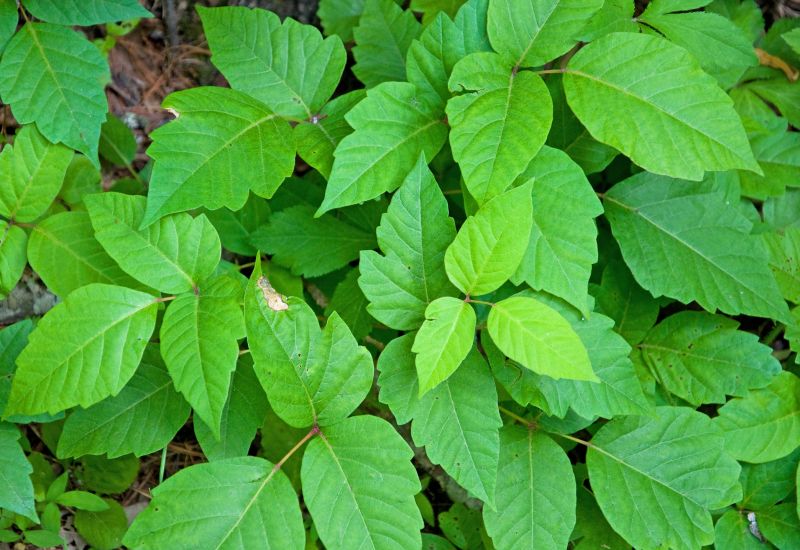
A dense patch of poison oak in a residential area, illustrating the need for professional removal to prevent contact and spread.
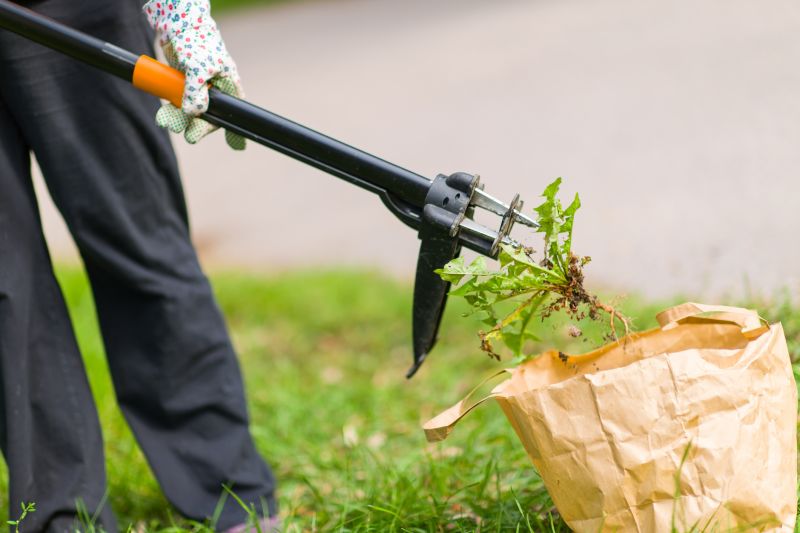
Specialized tools and protective gear essential for safe and effective poison oak removal.
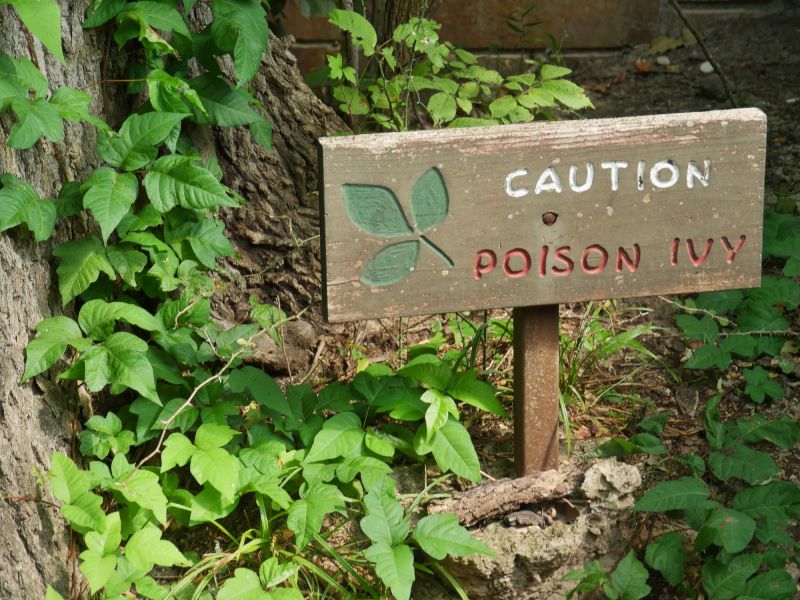
Cleared area showing the completed removal of poison oak, highlighting the effectiveness of professional services.
Poison oak removal involves carefully eliminating the plant while minimizing the risk of skin contact and environmental disturbance. Professionals typically assess the extent of growth, use protective clothing and tools, and employ targeted techniques to remove roots and prevent regrowth. The process can take anywhere from a few hours to a full day, depending on the size and density of the infestation.
Hiring a professional ensures that poison oak is removed thoroughly and safely. Experts are trained to identify the plant accurately, use appropriate herbicides if needed, and dispose of plant material responsibly. This reduces the likelihood of accidental exposure and helps maintain the health of surrounding vegetation.
Assessment, protective measures, plant removal, and disposal constitute the standard process for poison oak control.
The duration varies based on infestation size, typically ranging from a few hours to a full day.
Ensures complete removal, reduces health risks, and prevents plant regrowth effectively.
Control strategies include manual removal, herbicide application, and ongoing monitoring to prevent regrowth. Regular inspections and prompt action are vital for long-term management of poison oak in landscaped or natural areas.
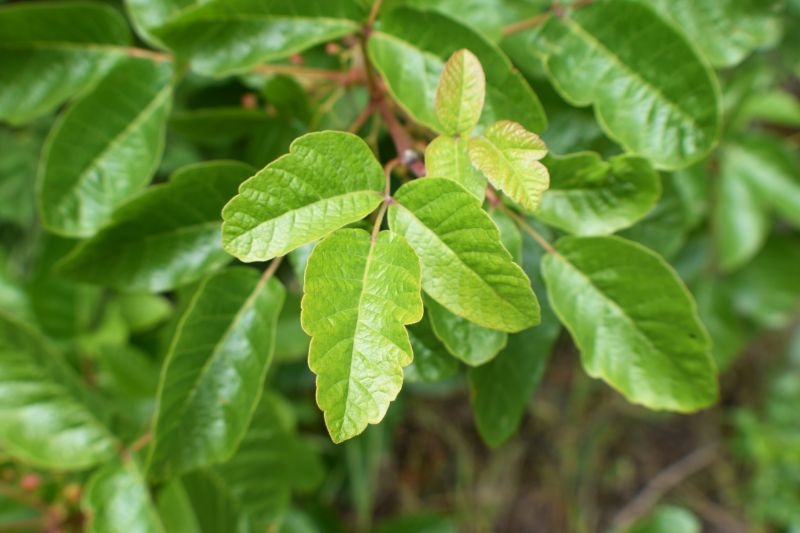
Application of targeted herbicides to eradicate poison oak without harming surrounding plants.
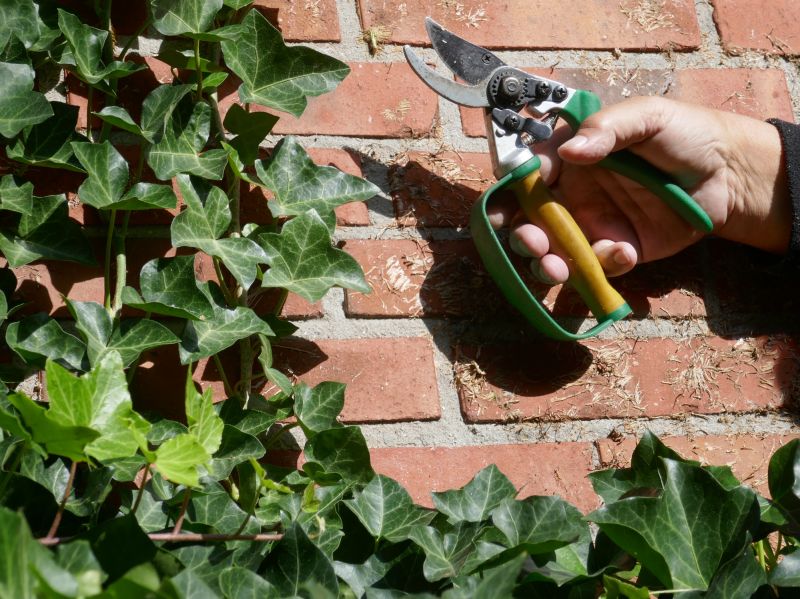
Tools such as pruning shears and shovels used by professionals to carefully extract poison oak.
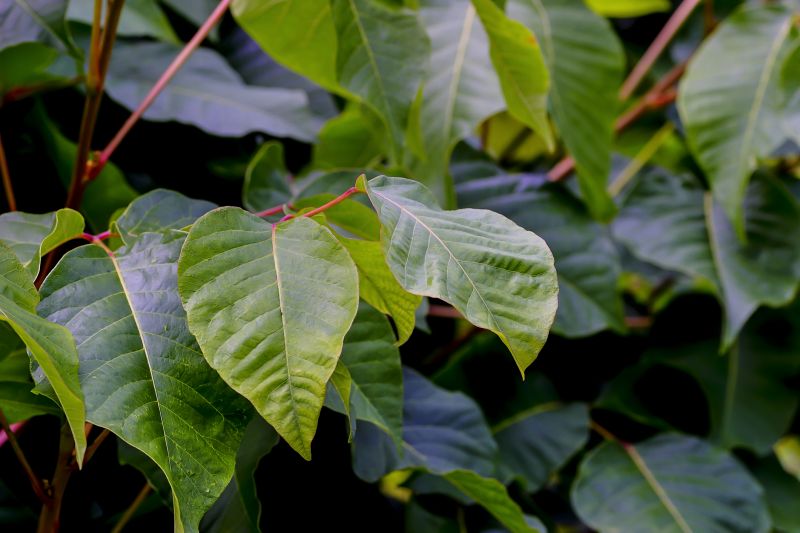
A cleared area after poison oak removal, demonstrating a clean and safe environment.
Preventative measures include barrier installation and regular site inspections. Educating property owners about identifying poison oak can also aid in early detection and control efforts, reducing the need for extensive removal in the future.

Physical barriers to prevent the spread of poison oak into landscaped areas.
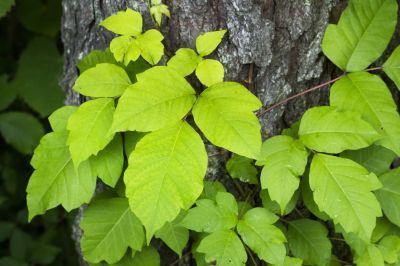
Routine inspections to detect and address new poison oak growth early.
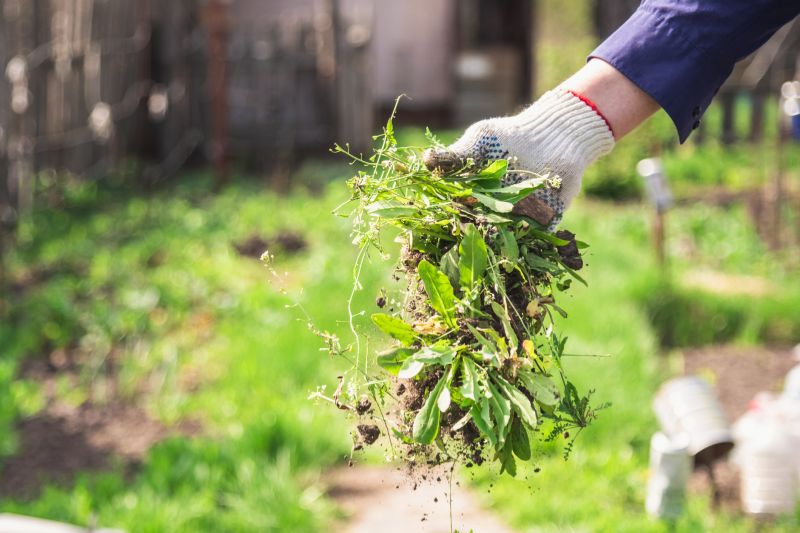
A landscaped area free of poison oak after professional removal and control measures.
Proper disposal of poison oak plant material is crucial to prevent re-infestation. It is recommended to follow local regulations for plant waste and avoid composting poison oak, as this can lead to regrowth or exposure risks.
For property owners seeking effective poison oak removal and control, professional services offer comprehensive solutions tailored to specific site conditions. Filling out the contact form can provide more information and a detailed quote for services designed to ensure safety and long-term management.
